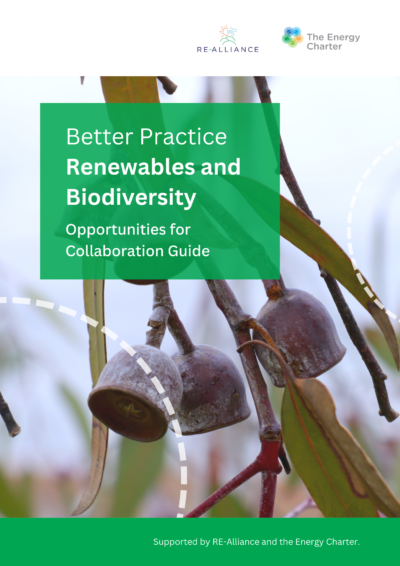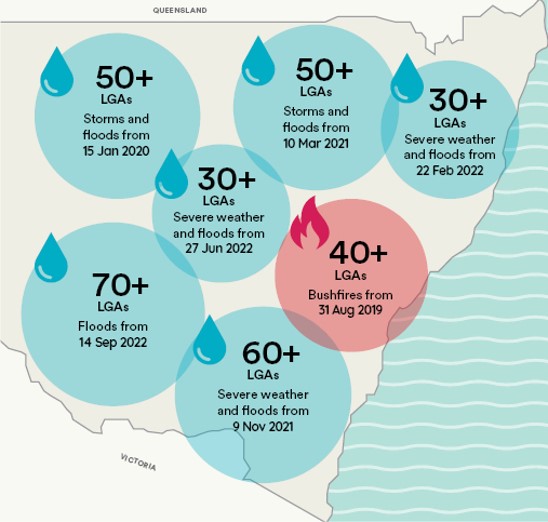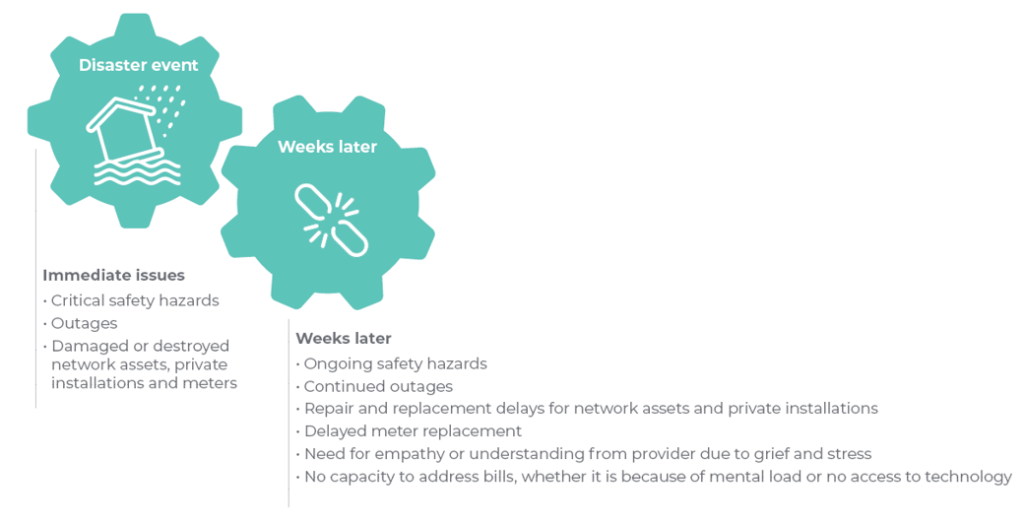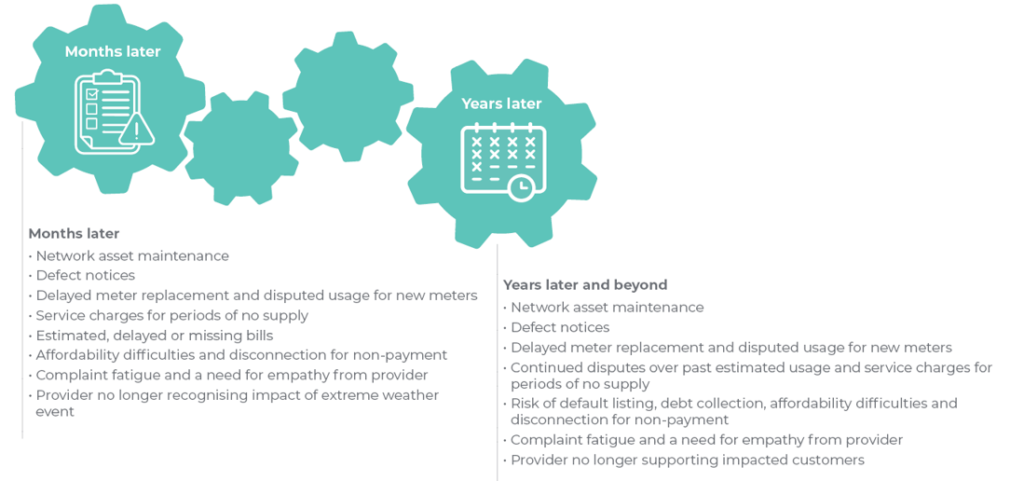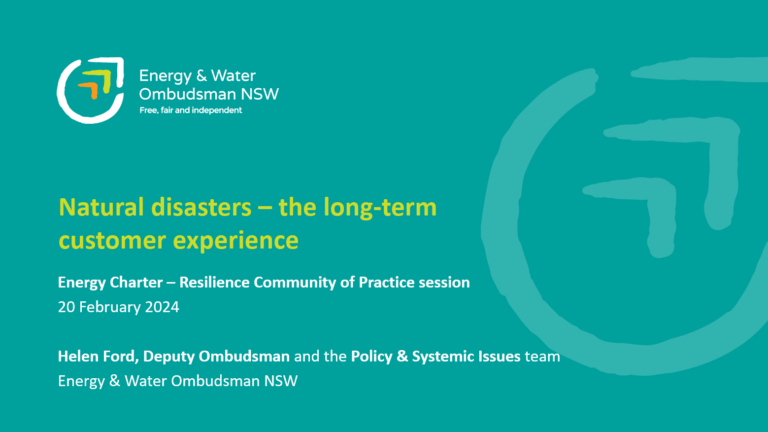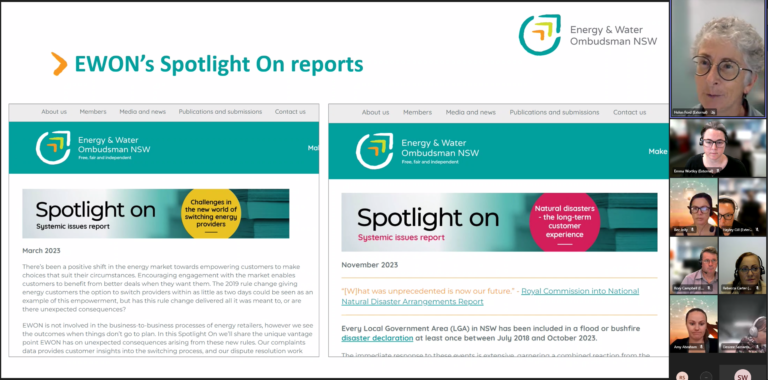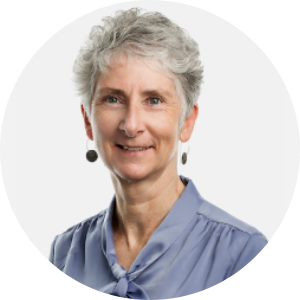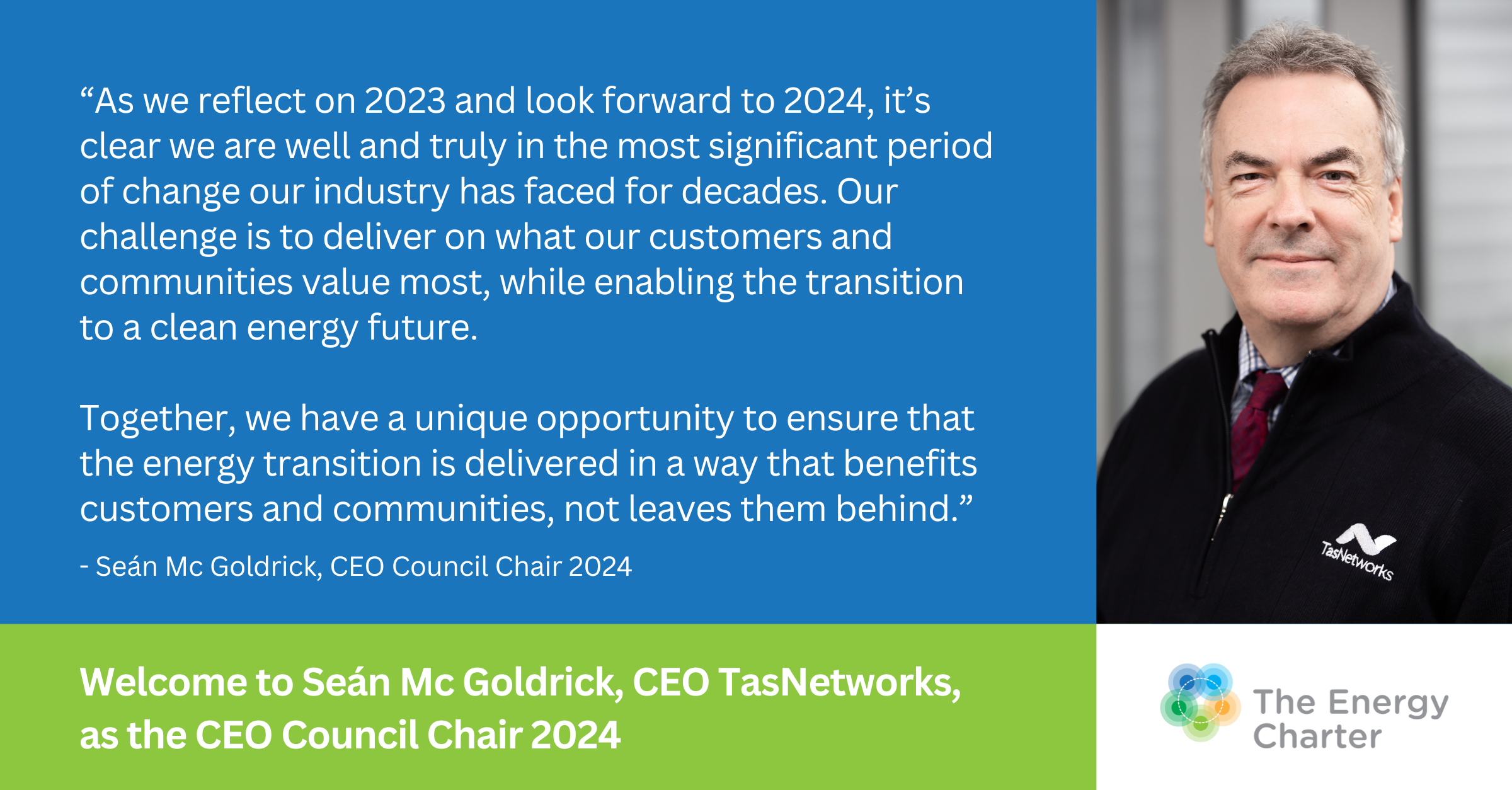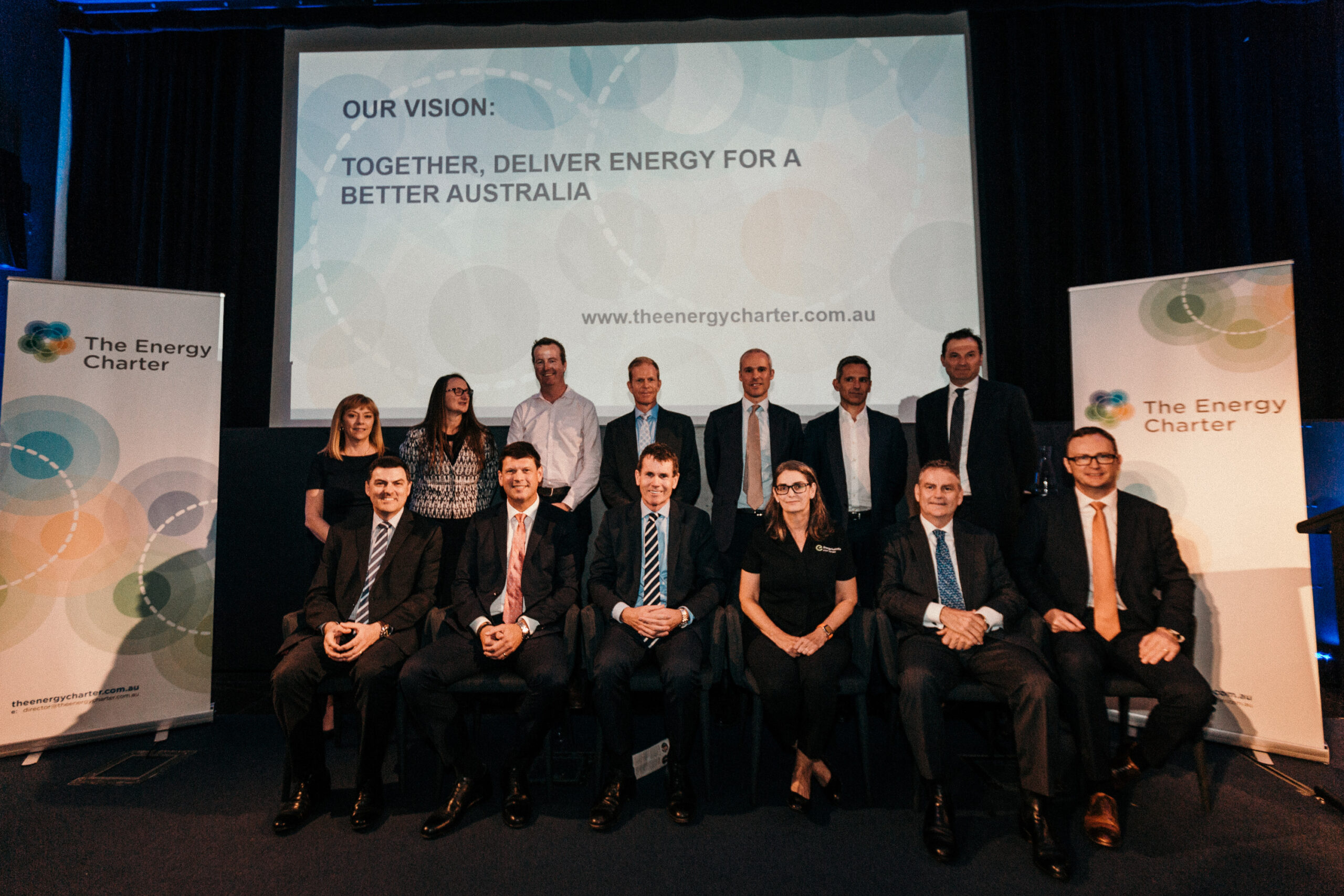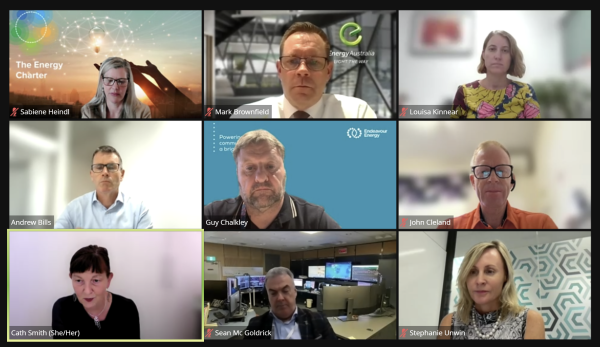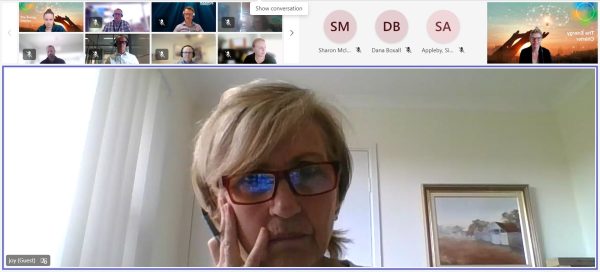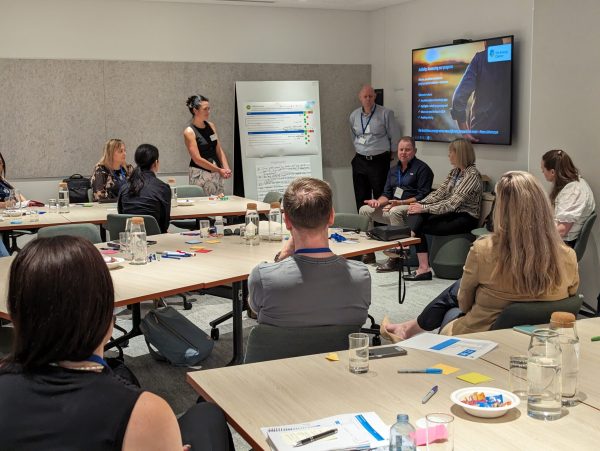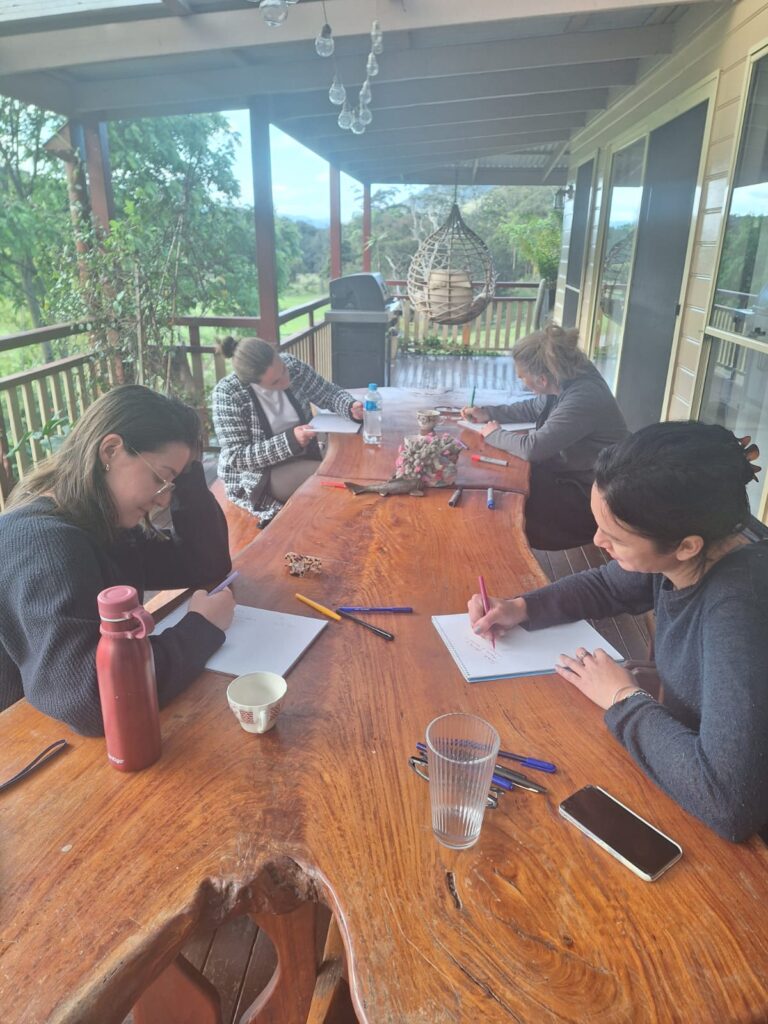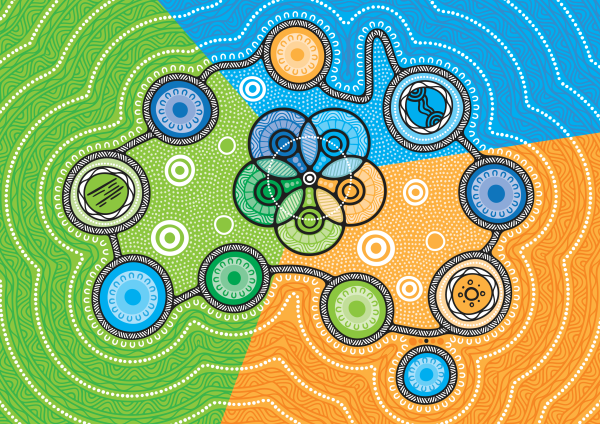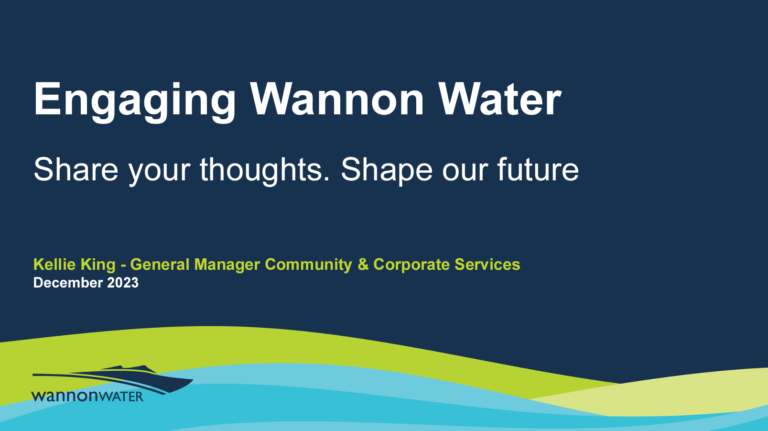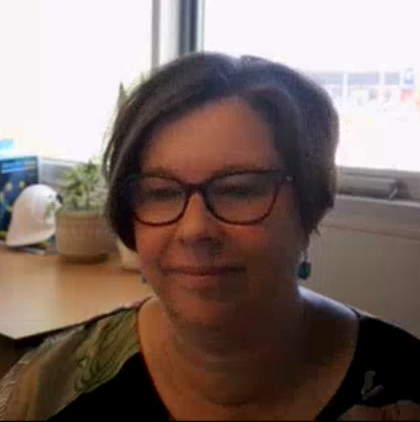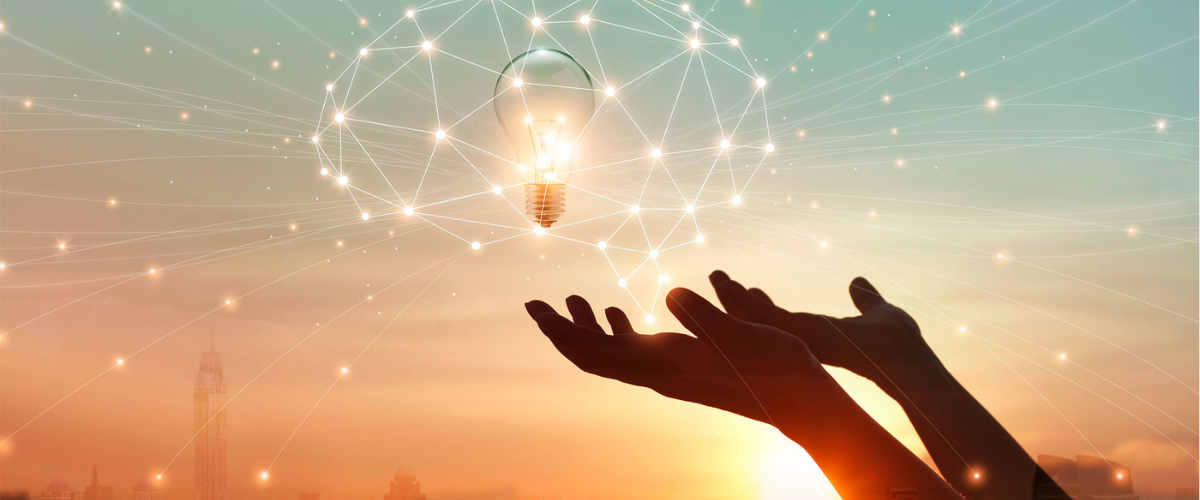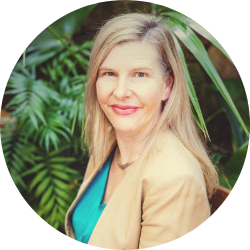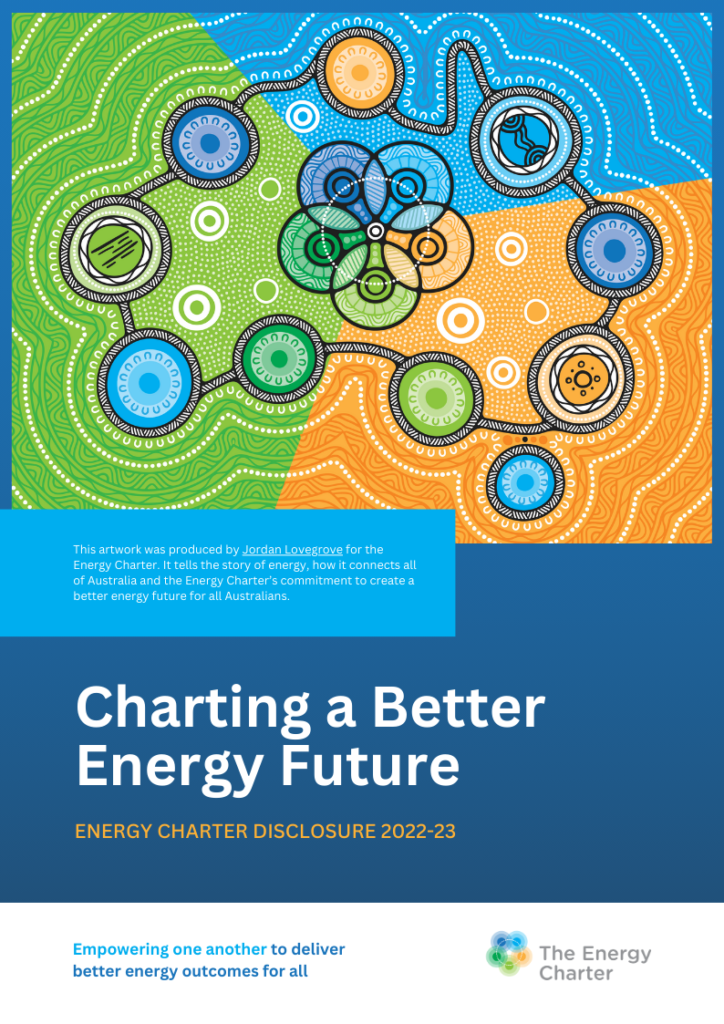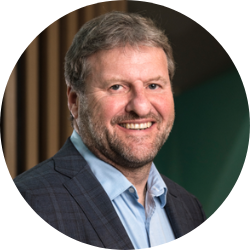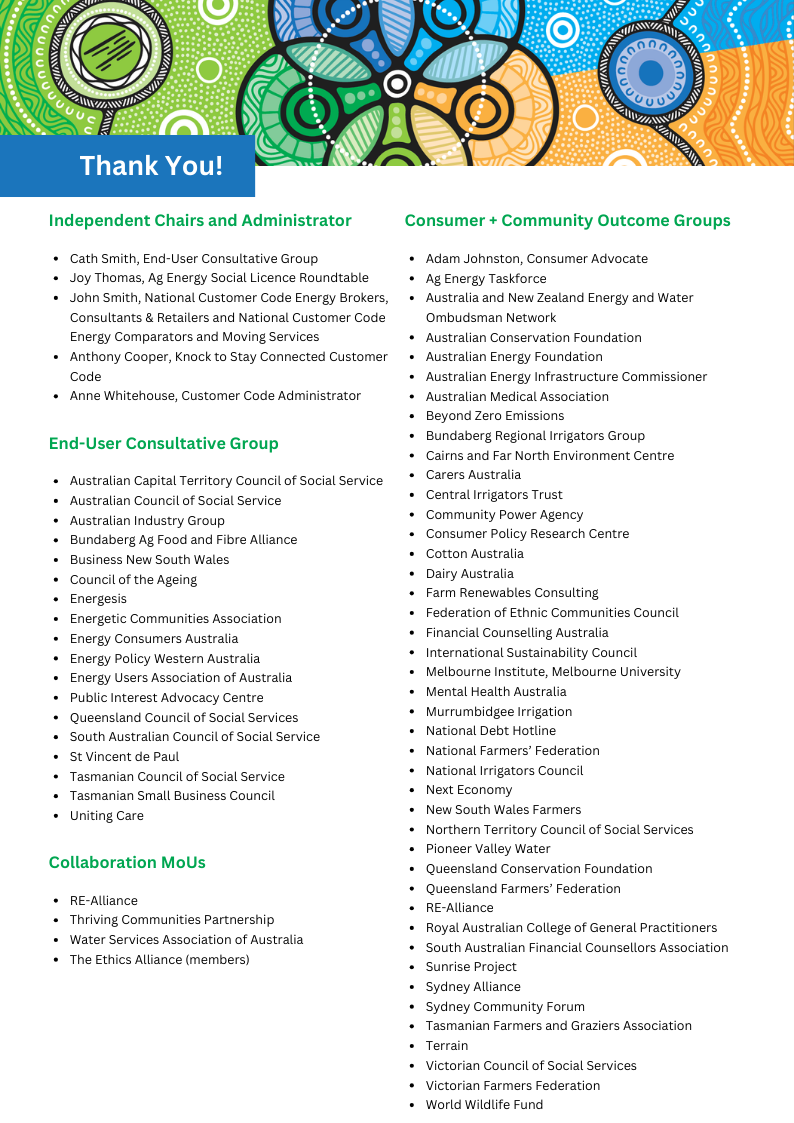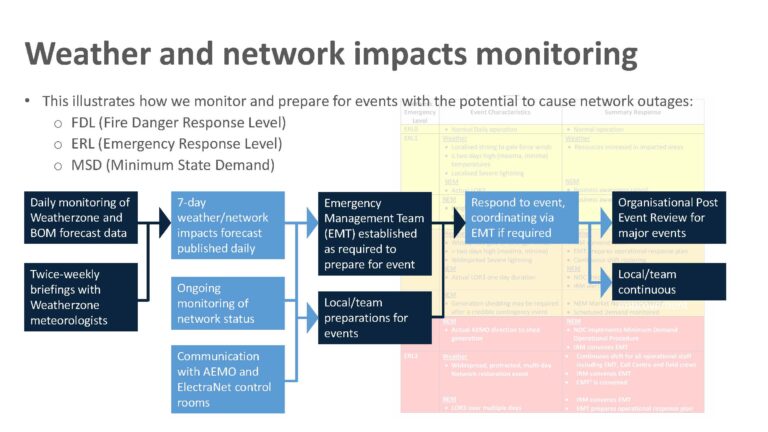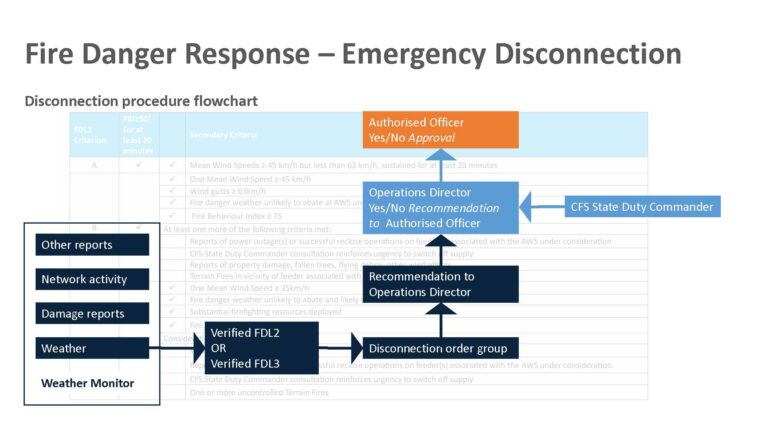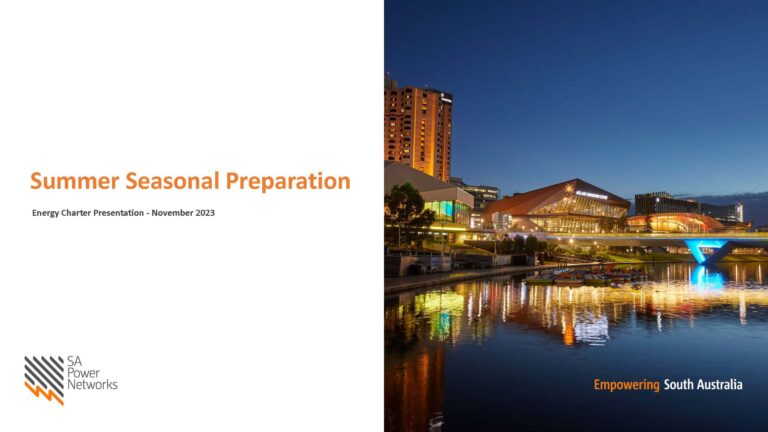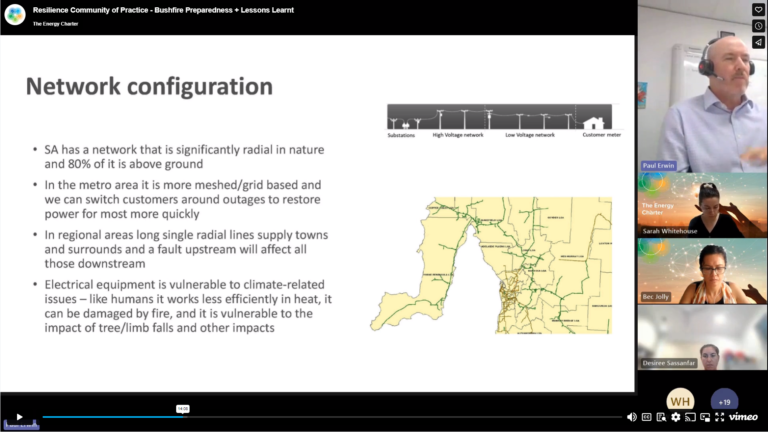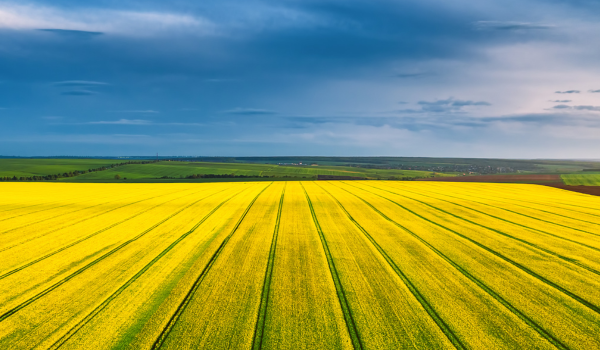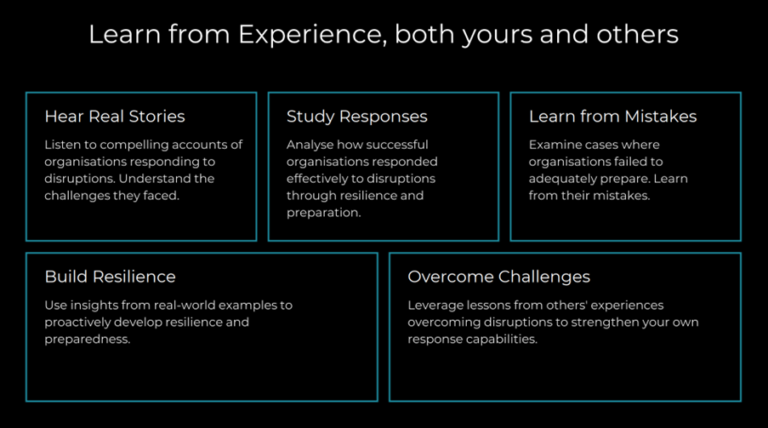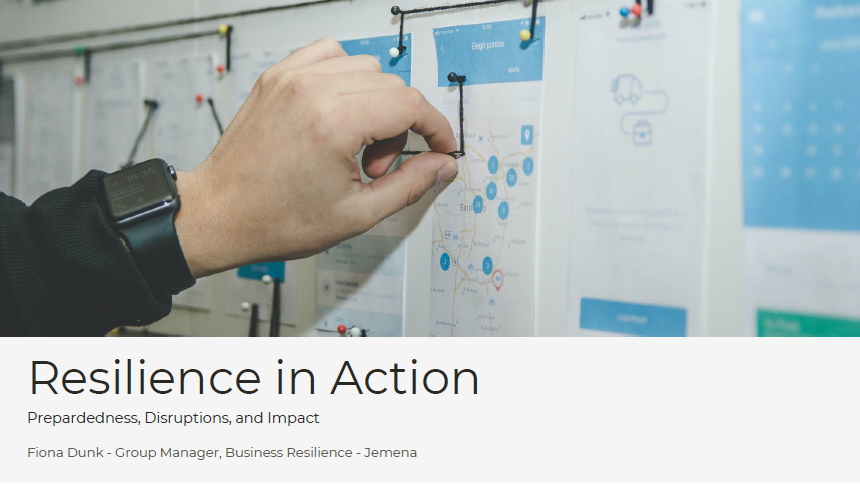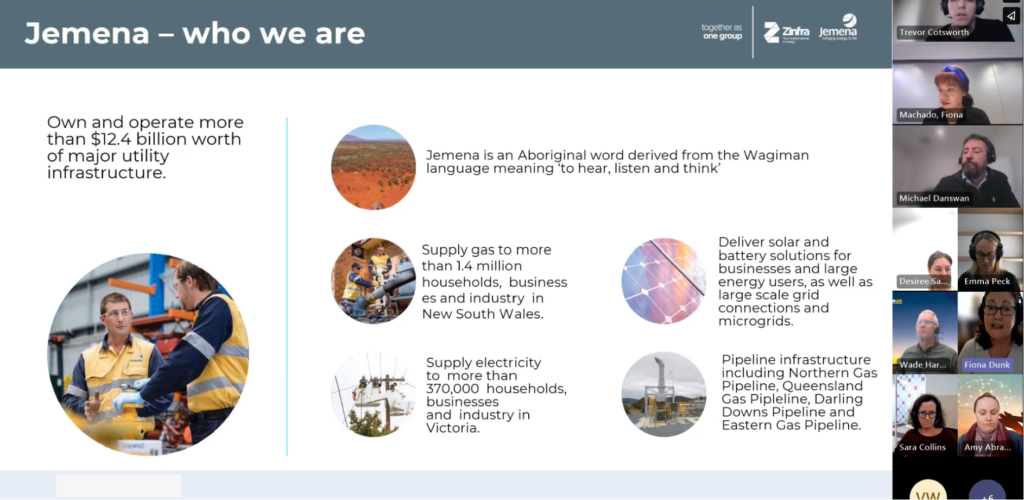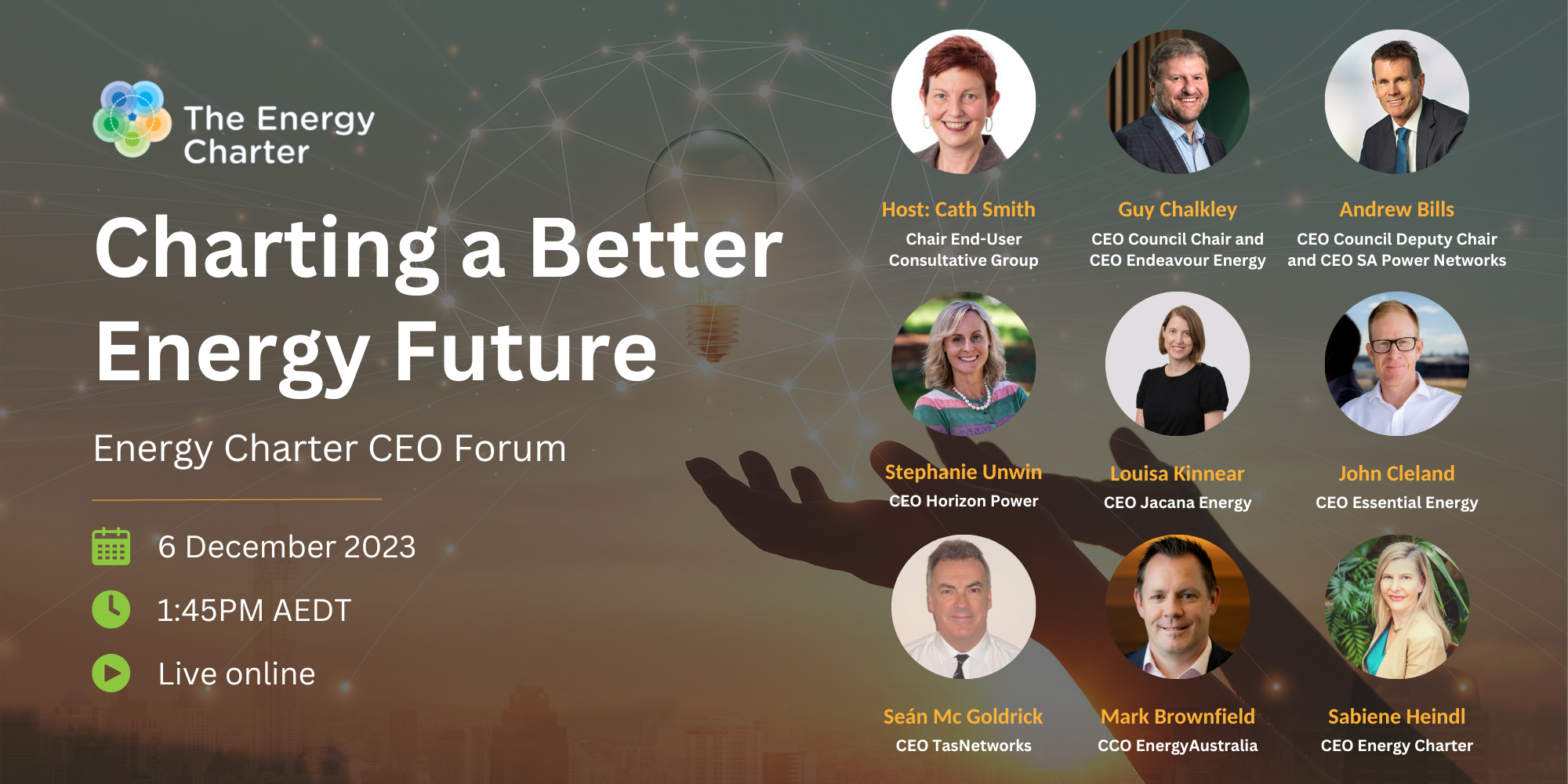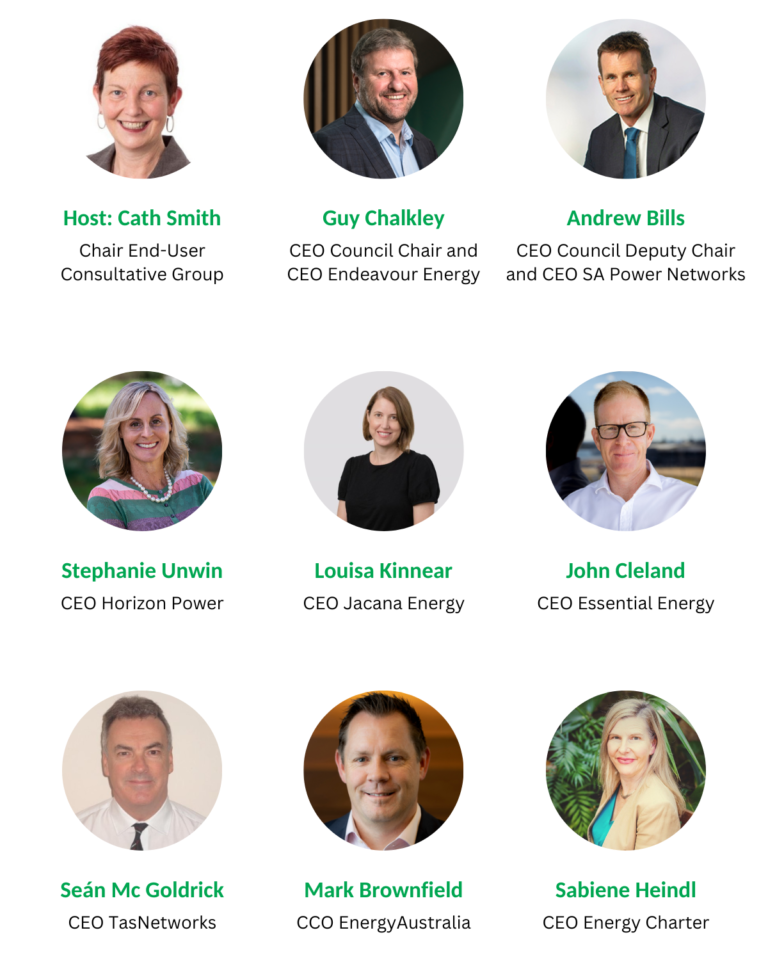Following a series of environment and energy cross-sector workshops in Queensland hosted by RE-Alliance, the Energy Charter and Powerlink Queensland, we are thrilled to announce the launch of the Better Practice Renewables and Biodiversity: Opportunities for Collaboration Guide on 27 February 2024!
What is the Better Practice Renewables and Biodiversity Collaboration Guide?
With the acceleration of climate change as well as ecosystem decline, there’s a present challenge for making the switch to renewable energy. With a need to build new infrastructure to replace fossil fuels, there also needs to be improvement to and protection of protect our natural environment by reducing the impacts of new development wherever possible.
This Better Practice Renewables and Biodiversity: Opportunities for Collaboration Guide showcases several environmental interventions at every stage of renewable energy project development, from energy system design to end-of-life. It outlines some of what is possible through case studies and identifies opportunities for cross-sector collaboration.
This process emerged from a series of environment and energy cross-sector workshops in Queensland hosted by RE-Alliance, the Energy Charter and Powerlink Queensland.
The Better Practice Renewables and Biodiversity Collaboration Guide in-person launch
We’re proud to have partnered with RE-Alliance to launch the Better Practice Renewables and Biodiversity: Opportunities for Collaboration Guide alongside Andrew Bray, the National Director at RE-Alliance and Dave Copeman, the Director at Queensland Conservation Council, at the Energy Charter’s National Landholder Engagement Training. An event that brings local landholders, conservation and environmental groups, renewable energy developers and energy businesses together to share insights and tools for better practice.
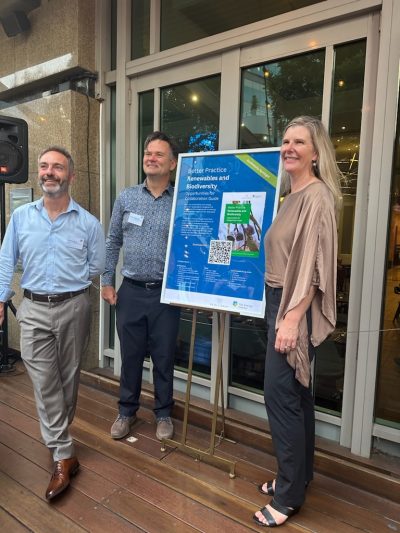
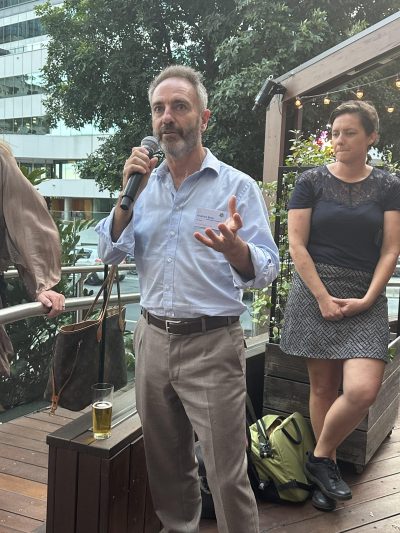
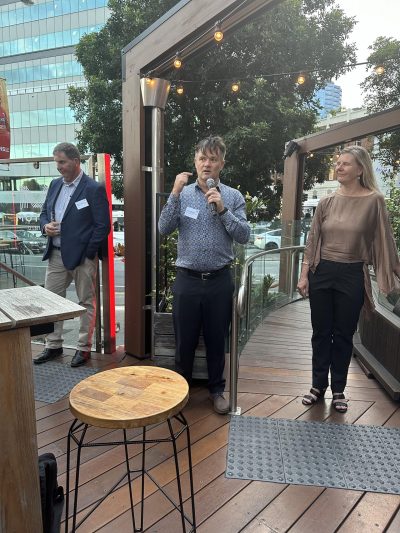
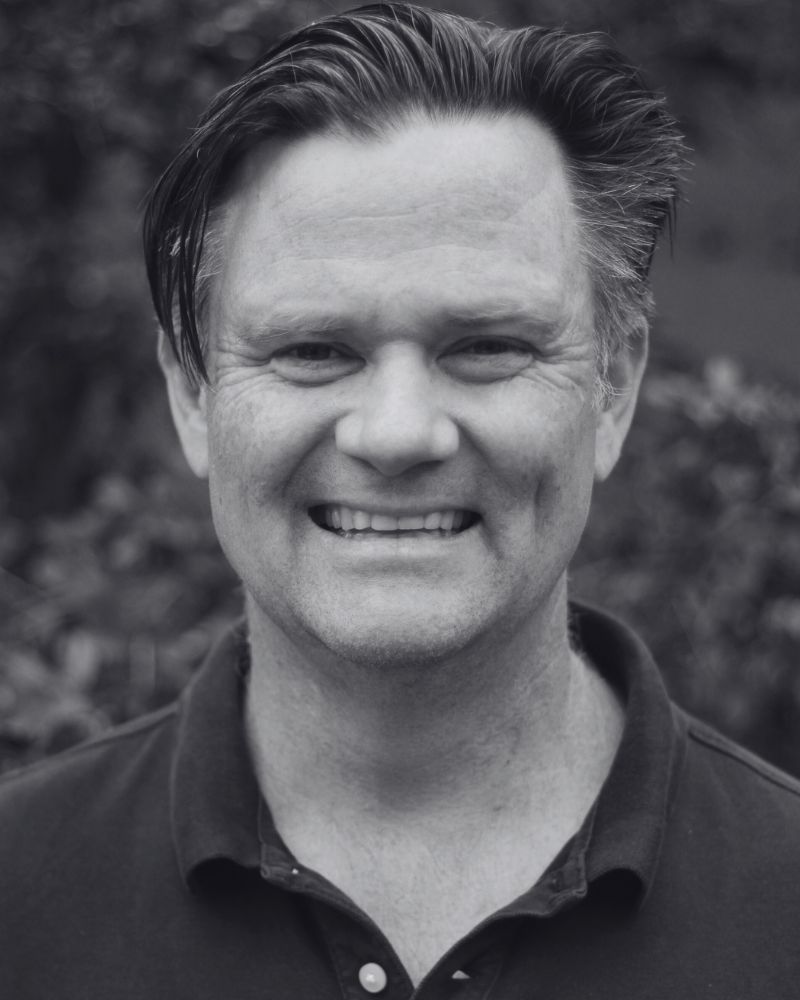
Dave Copeman shared at the Better Practice Renewables and Biodiversity Collaboration Guide launch,
“This Guide maps a way for environmental groups and energy businesses to work together. It’s mapping a way to draw people in and say we can’t do this if we’re not in it together … we’ve got to find solutions together.
When we’re trying to work out how to build energy infrastructure, we’ve also got to put on “nature goggles” and say “where should we build this and where shouldn’t we?”
Better Practice Renewables and Biodiversity Collaboration Guide online launch + discussion
We were also excited for the online launch of the Better Practice Renewables and Biodiversity Collaboration Guide on 26 March 2024. Joining the discussion was Dave Copeman, Lu Allan from RE-Alliance, Rosie King from Energy Estate, Kiara Bowles from Powerlink Queensland and our CEO, Sabiene Heindl.

In this online event, we heard more about the Opportunities for Collaboration Guide, the collaborative efforts of Queensland environmental and conservation group representatives and energy businesses as well as a more detailed conversation about the purpose and application of the Guide. Watch the recording below.
Thank you to all the collaborators!
Working Group
- Lucy Allan, RE-Alliance
- Kiara Bowles, Powerlink Queensland
- Luke Reade, Australian Conservation Foundation
- Clare Silcock, Queensland Conservation Council
- Sabiene Heindl, Energy Charter
Non-Government Organisations
Queensland Energy Sector
Download a copy of the Better Practice Collaboration Guide to learn more, or if you’d like to learn more about the #BetterTogether initiative behind this Guide, check out more information here.


